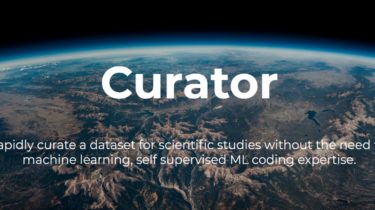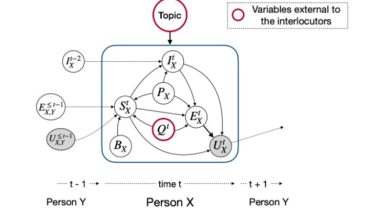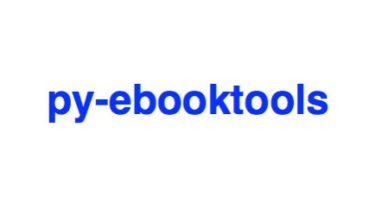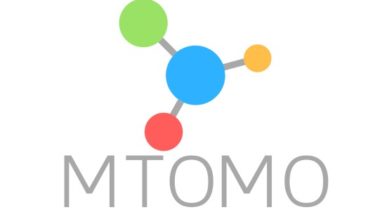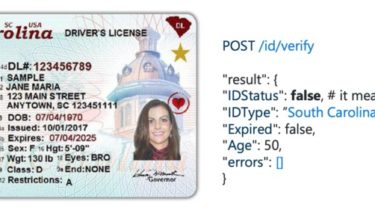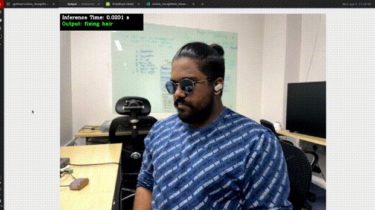A subfield of machine learning focused on developing representations of images
Curator Self-supervised learning is a subfield of machine learning focused on developing representations of images without any labels, which is useful for reverse image searching, categorization and filtering of images, especially so when it would be infeasible to have a human manually inspect each individual image. It also has downstream benefits for classification tasks. For instance, training SSL on 100% of your data and finetuning the encoder on the 5% of data that has been labeled significantly outperforms training a […]
Read more